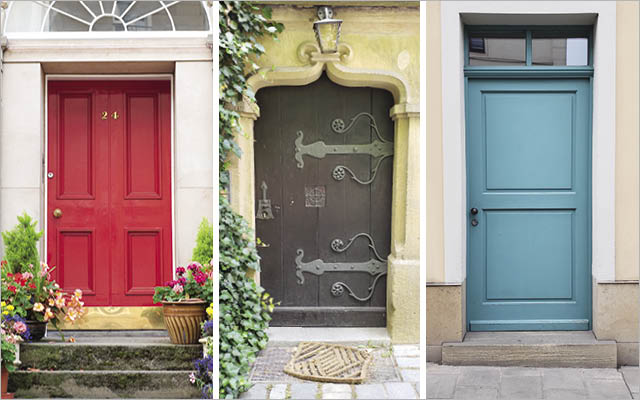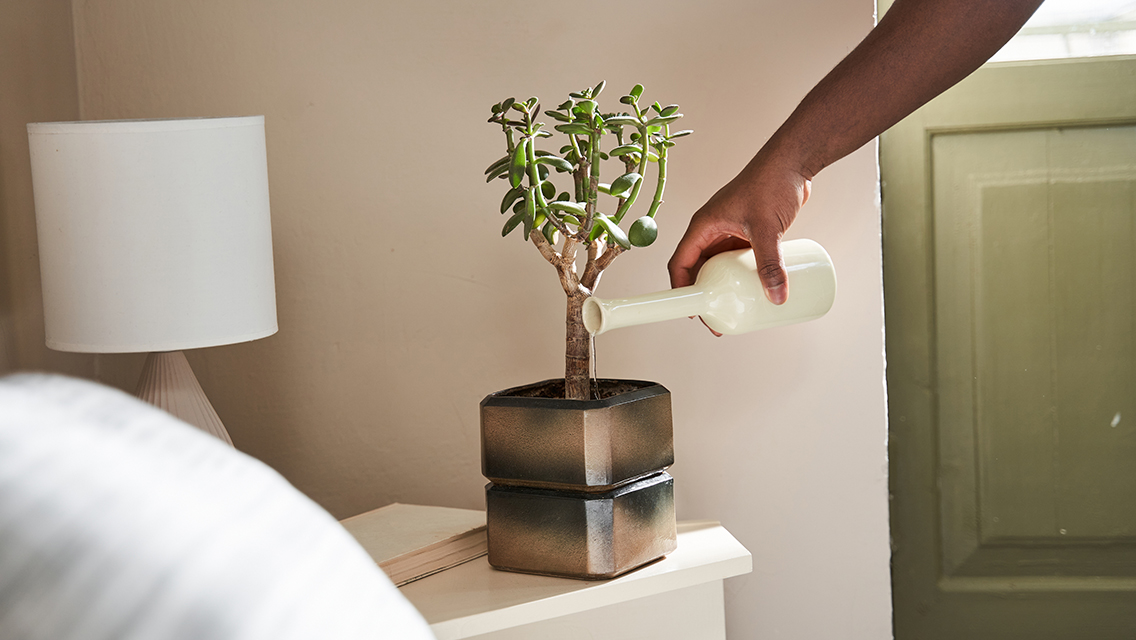When Marie Kondo published The Life-Changing Magic of Tidying Up, many Americans embraced her simple decluttering principle: If something doesn’t “spark joy,” out it goes. A few years later, Margareta Magnusson published a similar guide with a mildly macabre title: The Gentle Art of Swedish Death Cleaning. We won’t be around forever, Magnusson reminds us, and we owe it to the people who survive us to deal with our stuff so they don’t have to after we’re gone.
Are we looking at a stark contrast between Japanese joy and Nordic-noir morbidity? Not at all, says Caroline Guntur, a.k.a. The Swedish Organizer. The Chicago-based consultant insists there is plenty of joy in what the Swedes call döstädning. While Kondo advises chucking what doesn’t make you happy, death cleaning is more about mindfully passing on what does — and ensuring the stuff you don’t love finds a good home too.
Notably, although death cleaning is framed around an eventuality generally associated with old age, it pays to not procrastinate. For one thing, we don’t know when the curtain will fall on our time. And starting early can help us appreciate the things we really want and need while preventing clutter from overwhelming us.
Stress Sources
The concept seems morbid and sad. Death cleaning begins with an awareness of our mortality and the realization that our possessions will outlive us. It’s easy to put off a process grounded in these uncomfortable realities.
You don’t know at what age to start death cleaning. Guntur points out that the process takes time: “It’s usually not a decluttering job that you do over a weekend.” Which raises the question, When do I start?
The prospect is overwhelming. Americans tend to own a lot of stuff, and simply surveying it all can be so disheartening that you want to throw up your hands.
You don’t know what to keep and what to give away. The goal of death cleaning is to downsize and make sure everything you own has a home eventually, but it can be hard to determine what you still need to keep in your life.
Your loved ones don’t want to engage or participate. Finding good homes for your objects often involves passing many of them to family and friends, says Guntur. If they’re uncomfortable with the idea, it can make you uncomfortable too. Also, some people in your close circle may not want to take anything that will create more clutter in their homes.
You don’t know what to do with the things you’d like to part with. While there are natural destinations for some of your objects, there are other things that may be harder to place. How do you keep them out of a landfill?
Success Strategies
Let go of morbid thoughts and regret. Despite its name, death cleaning is all about life. In her book, Magnusson writes that the practice can make your life more pleasant by removing unnecessary things and making your home nice and orderly. “It is about a permanent form of organization that makes your everyday life run more smoothly.”
“It’s not about letting go,” Guntur adds. “It’s about making sure your possessions live on. Though you might feel like, I really love this item, I’m attached to it, when you see the joy of the person who gets to use and appreciate it, that tends to offset that feeling. You’re making conscious decisions about where your items go, not leaving it up to chance. I think that’s very life-affirming.”
Start before the last act of life. Guntur acknowledges that the elderly are more likely than younger people to think about their legacy and downsize, but it can start at almost any adult age — “after all, we really don’t know when the end is going to come, do we?” she says. “For people with children, it might be wise to wait [to share items] until they’re at an age when they can appreciate the value of what you’ll be passing on to them. But it’s never too early to get your affairs in order.”
Start small. The key to any kind of organizing, Guntur says, is to begin with one small goal; tackling something manageable will usually generate momentum. “The idea is just to get the ball moving,” she says, “and then, once it’s in motion, it tends to roll on its own.” (Try one of these small, yet high impact, places to start.)
Tell stories. A big difference between decluttering and death cleaning is that the Swedish practice allows you to take time to appreciate and tell stories about important items, Guntur notes. This can help with the overwhelm.
“What I normally tell people is to choose one thing that’s important to you and that you want to pass on — maybe a family heirloom or a precious photo,” she adds. “Tell the story behind it, so the story doesn’t get lost. The process of sharing, and the appreciation that the recipient feels, can really work against overwhelm and make you say to yourself, That was great! Now, what else can I do?” The positive feelings that come with this process can help bring resistive relatives and friends on board, too.
Take your time with the things that matter most. “Death cleaning is a dance between practicality and emotional well-being, as decluttering always is,” says Guntur. “The amount of emotion and value an item holds should be equivalent to the amount of time you put into finding its new home.”
For example, finding a home for a spare decorative item, like a vase from a department store, may take mere minutes because the item doesn’t hold a lot of meaning beyond its practical use. But finding a new home for something more valuable, like a signed piece of art, will take longer. While you will likely keep those items for more time to enjoy for yourself, you can consider eventually selling it, donating it to a charity auction, or passing it down to someone who will appreciate it.
Create a “Throwaway Box.” Consider filling a small box with personal items you can’t bear to part with, such as old letters, photographs, mementos, and journals, which are valuable to you and no one else. Indicate that the box should be thrown away when you are gone so that no one feels obligated to keep or find a new home for those possessions.
Get help. You don’t need to death-clean alone. Family and friends are natural allies and you can also call on professional organizers. Guntur advises choosing one who understands death cleaning and the emotional, familial, and legacy-oriented aspects of the process — usually someone who has been trained as a personal coach as well. “A lot of organizers are trained to get the job done as fast as possible,” she says. “But you want someone who is going to support you through a process that is slower and full of feelings.”
Look far and wide for recipients. While many items may go to family members and friends, you’re likely to own things that either won’t be meaningful to them or will add unwanted clutter to their home. In those cases, try to remember that the rejection of your item is in no way a rejection of you as a person. “It may feel like a personal rejection, but it’s not,” Guntur notes. “Besides, if the person doesn’t see the value of the object, they’re not the right recipient anyway.”
Meanwhile, a little research can turn up those who will appreciate what you have to share, Guntur says. “A gentleman in one of my workshops said, ‘I have all these old books and photos and nobody in my family is interested.’ What we came up with for him was, ‘How about the local history museum?’ He had amazing photos of how his town used to look, and a museum would love them.”
Selling is your final option to keep your things out of the trash bin. Online marketplaces, such as eBay, Facebook Marketplace, and Poshmark, provide a wide pool of possibilities. You may also consider hosting a living estate sale, which can help you liquidate numerous belongings. After all, says Guntur, someone willing to pay for your object probably finds it meaningful.
Renewal
For more inspiration and strategies to overcome life’s challenges, please visit our Renewal department.






This Post Has 0 Comments